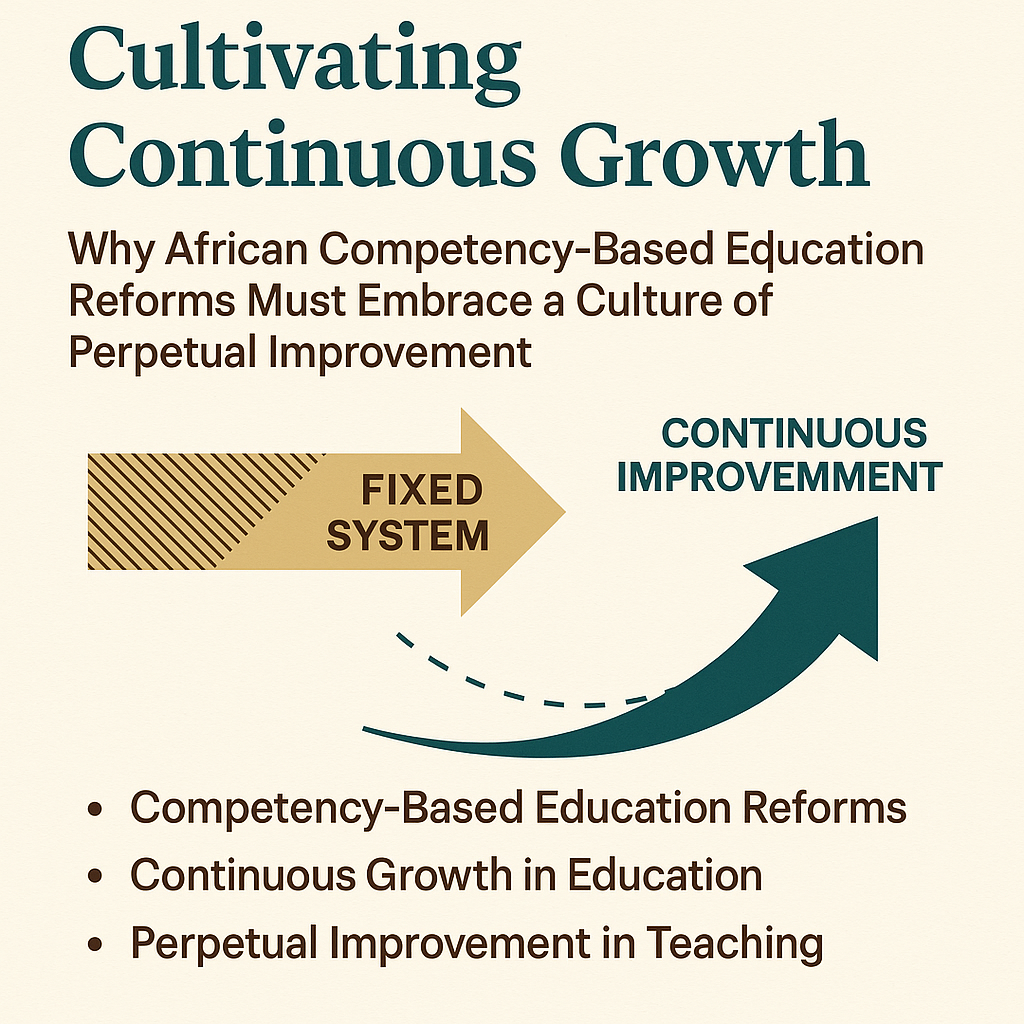
Welcome, educators, parents, and advocates of the Competency Based Curriculum (CBC)! Today, we embark on a journey to explore the intricate art of adapting CBC to accommodate diverse learning styles in our classrooms. As teachers, we understand that each child is unique, possessing their own set of strengths, weaknesses, and preferred methods of learning. It’s our responsibility to tailor our teaching approaches to ensure that every student thrives. So, let’s delve into this essential topic together!
The Story of Sarah and James:
Imagine a bustling classroom filled with eager young minds, each brimming with potential. Among them are Sarah and James, two students with vastly different learning styles.
Sarah is a visual learner. She absorbs information best when it’s presented through images, diagrams, and videos. When her teacher incorporates visual aids into the lesson, Sarah’s eyes light up, and she eagerly engages with the material. However, when faced with lengthy written assignments or lectures devoid of visual elements, Sarah struggles to stay focused and retain information.
On the other hand, James is an auditory learner. He thrives in discussions, debates, and lectures where he can listen intently and absorb information through sound. When his teacher incorporates group discussions or audio recordings into the lesson, James eagerly participates and demonstrates a deep understanding of the subject matter. However, when presented with solely written material or visual aids, James finds it challenging to stay engaged and often tunes out.
As their teacher, it’s crucial to recognize and embrace the diverse learning styles of students like Sarah and James. By doing so, we can create a classroom environment where every child feels supported, valued, and empowered to succeed.
Tips for Adapting CBC to Diverse Learning Styles:
- Visual Learners: Incorporate visual aids such as charts, graphs, diagrams, and educational videos into your lessons. Encourage students to create visual representations of concepts through drawings, mind maps, or presentations. Utilize interactive whiteboards or digital platforms to enhance visual learning experiences.
- Auditory Learners: Foster discussions, debates, and oral presentations to engage auditory learners. Provide audio recordings of lectures or reading materials for students to listen to at their own pace. Integrate music, podcasts, or storytelling into lessons to capture auditory learners’ attention and enhance understanding.
- Kinesthetic Learners: Incorporate hands-on activities, experiments, and role-playing exercises into the curriculum. Allow students to move around the classroom or use manipulatives to explore and interact with concepts. Encourage outdoor learning experiences or physical games that promote active engagement and kinesthetic learning.
Now, let’s hear from you, our valued audience. How do you currently adapt CBC to accommodate diverse learning styles in your classrooms? What challenges have you encountered, and how have you overcome them? Share your thoughts, experiences, and insights with us in the comments below. Together, let’s continue to foster inclusive and dynamic learning environments where every child can thrive!
In conclusion, adapting CBC to diverse learning styles is not merely a teaching strategy but a commitment to honoring the unique strengths and preferences of each student. By embracing a variety of instructional methods and fostering a culture of inclusivity, we can empower every child to reach their full potential and succeed in their educational journey. Thank you for joining us on this enlightening discussion, and we look forward to hearing from you!


